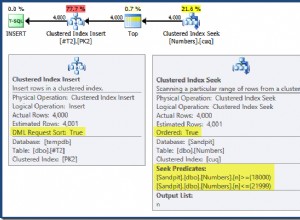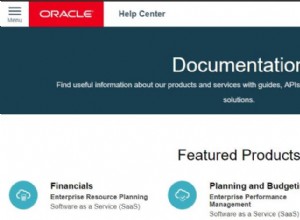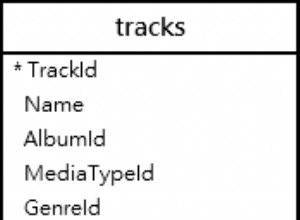Spójrz na to:https://github.com/bmcbride/PHP-Database-GeoJSON
Zwracasz tablicę zamiast danych Json. Tak powinno wyglądać
<?php
/*
* Title: MySQL Points to GeoJSON
* Notes: Query a MySQL table or view of points with x and y columns and return the results in GeoJSON format, suitable for use in OpenLayers, Leaflet, etc.
* Author: Bryan R. McBride, GISP
* Contact: bryanmcbride.com
* GitHub: https://github.com/bmcbride/PHP-Database-GeoJSON
*/
# Connect to MySQL database
$conn = new PDO('pgsql:host=localhost;dbname=mypostgisdb','myusername','mypassword');
# Build SQL SELECT statement including x and y columns
$sql = 'SELECT *, x AS x, y AS y FROM mytable';
/*
* If bbox variable is set, only return records that are within the bounding box
* bbox should be a string in the form of 'southwest_lng,southwest_lat,northeast_lng,northeast_lat'
* Leaflet: map.getBounds().pad(0.05).toBBoxString()
*/
if (isset($_GET['bbox']) || isset($_POST['bbox'])) {
$bbox = explode(',', $_GET['bbox']);
$sql = $sql . ' WHERE x <= ' . $bbox[2] . ' AND x >= ' . $bbox[0] . ' AND y <= ' . $bbox[3] . ' AND y >= ' . $bbox[1];
}
# Try query or error
$rs = $conn->query($sql);
if (!$rs) {
echo 'An SQL error occured.\n';
exit;
}
# Build GeoJSON feature collection array
$geojson = array(
'type' => 'FeatureCollection',
'features' => array()
);
# Loop through rows to build feature arrays
while ($row = $rs->fetch(PDO::FETCH_ASSOC)) {
$properties = $row;
# Remove x and y fields from properties (optional)
unset($properties['x']);
unset($properties['y']);
$feature = array(
'type' => 'Feature',
'geometry' => array(
'type' => 'Point',
'coordinates' => array(
$row['x'],
$row['y']
)
),
'properties' => $properties
);
# Add feature arrays to feature collection array
array_push($geojson['features'], $feature);
}
header('Content-type: application/json');
echo json_encode($geojson, JSON_NUMERIC_CHECK);
$conn = NULL;
?>




